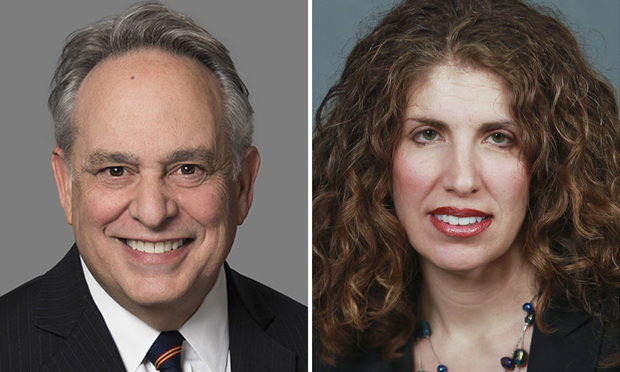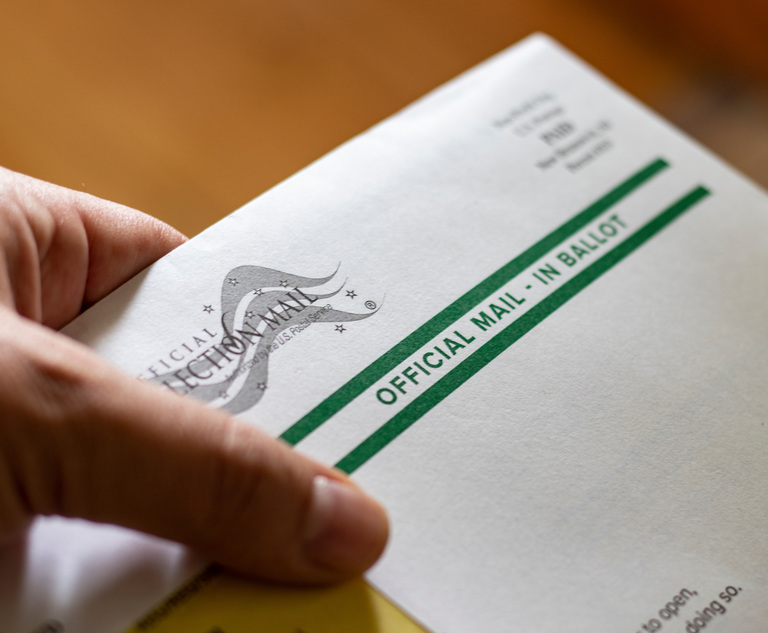In 1960 Richard Nixon and John Kennedy battled for New York’s all-important 45 electoral college votes. Nixon proved more popular among Republicans than Kennedy was among Democrats—Nixon received 3,446,419 votes on the GOP line to Kennedy’s 3,423,909 on the Democratic line, a margin for Nixon of some 23,000 votes. In any other state in the union, Nixon would have won the state and all of its electoral college votes. That would have resulted in 264 electoral college votes for Nixon—just short of the magic number of 269 that year—and 258 for Kennedy. Sen. Harry F. Byrd from Virginia received the remaining 15 electoral college votes. With no candidate receiving an electoral college majority, the presidential election would have been thrown into the House of Representatives for the first time since 1824.
Fortunately for Kennedy, New York had—and still has—“fusion,” a procedure that permits a candidate to run on multiple lines and whose vote totals from the various parties are added together. In 1960, the Liberal party (which lost its party status in 2002) cross-endorsed Kennedy, and he received 406,176 votes on that line—enough to make up Nixon’s margin in the Republican-Democratic contest. Thus, Kennedy won the popular vote in New York, and with it the state’s electoral college vote. The result was 303 electoral college votes for Kennedy and only 219 for Nixon, a decisive margin that avoided a political crisis.


 Jerry H. Goldfeder and Myrna Pérez
Jerry H. Goldfeder and Myrna Pérez




